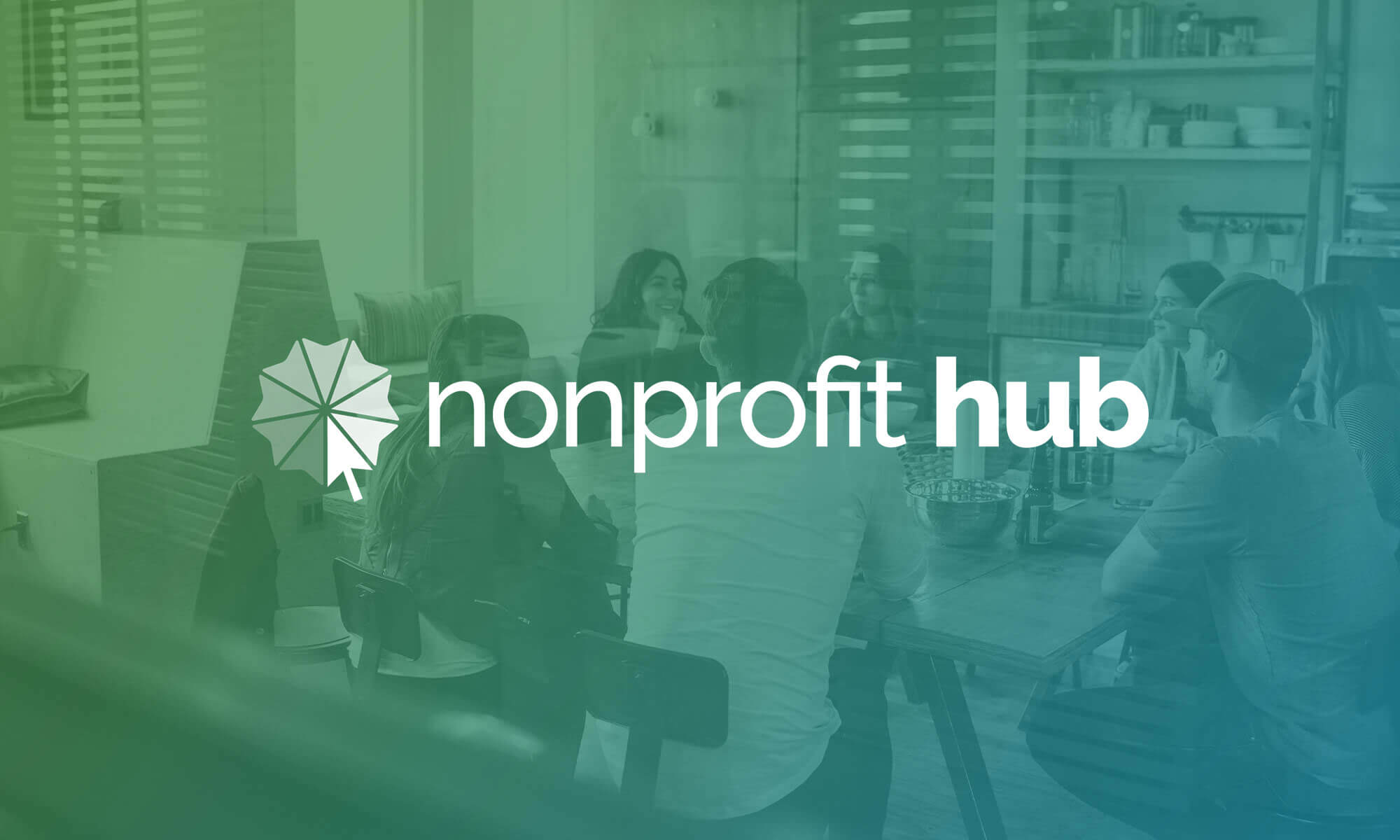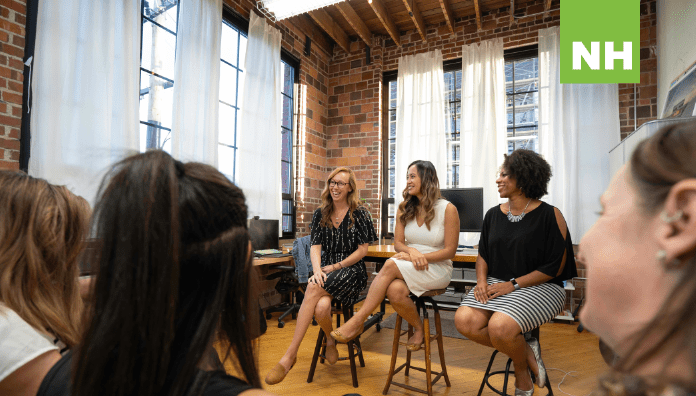Hi all. I’m excited to be able to present another interview with one of the nonprofits who has been awarded one of the Firespring Foundation’s nonprofit website grants.
Today, I had the pleasure of interviewing Bonnie Hendrickson and Lynn Whitacre from Friends of Washoe, a nonprofit that’s doing the important work of providing a sanctuary for some remarkable chimpanzees named Loulis and Tatu.
Before talking with Bonnie and Lynn, and visiting Friends of Washoe’s awesome blog, I didn’t realize I’d care much about chimpanzees and their welfare. Now, having read and learned about how similar to us these animals are–not to mention their distinct personalities and methods of sign language communication–I’m 100% on board with Friends of Washoe’s mission. Next time I’m in in Ellensburg, WA, I’ll be first in line for a Chimposium visit.
Learn more about Friends of Washoe, how they’re facing their own challenges as a unique nonprofit, and the ways they plan to embrace new opportunities in a tight-fisted economy–and how your nonprofit can do the same:
Interview with Friends of Washoe
Marc Koenig: In a few sentences, what would you say is the most important work that Friends of Washoe is doing today?
Bonnie Hendrickson: Well, our most important work is taking care of Tatu and Loulis, [the chimpazees]. They’re the remaining members of Washoe’s family, which started with five members. Dar passed away this past Thanksgiving, so it was pretty sad for all of us here.
Sanctuary for the chimps is our most important thing that we do, and no matter what we do, that’s always our prime directive. One of Friends of Washoe’s other missions is advocacy for chimpanzees, both captive and free living.
We embrace any opportunity we have to educate people about the standards and quality of life for chimpanzees in captivity and the pressures and dangers for chimpanzees in Africa. We take every opportunity we can to get them motivated to do things to help.
MK: Tell me more about your research. When I read on your website, one of the most interesting things was the way you contributed to studies in how the chimpanzees can sign and communicate with one another.
BH: The sign language studies did help people see how chimpanzees and humans are similar, our commonalities, but it has also taught us to respect our differences. Our current research has improved captive care because we promote “speaking” chimpanzee. Caregiving is of higher quality because [caregivers] learn to take chimpanzees on their terms rather than trying to dominate them, which has been an old school style of caregiving.
If a chimpanzee is already in captivity, they can’t be released back into the wild, so if you’re going to do any research it should be non-invasive and observational. We have an added advantage, since Tatu and Loulis can sign.
MK: In your own words, what have been some of the biggest day-to-day challenges about running your nonprofit?
Lynn Whitacre: Because we’re not just Friends of Washoe, which is the nonprofit, but we’re also located at a university, we have to find the time to do the nonprofit work that we would like to be able to do. So we often have a staffing issue.
BH: Yes. Caring for the chimpanzees, running the facility with all the students, and keeping everything on track all at once is a challenge. But one of our biggest challenges is a lot of hats and not enough people to wear them.
Another challenge is retaining new donors. We have hardcore, long-term loyal members that have been with us for years, but it’s newer donors that we have a hard time keeping for longer than a year or two. Figuring out how to motivate them to stay is a challenge.
MK: Donor retention is a big hot button issue right now. This year, we’ve seen many nonprofits talking about it online and trying to figure out ways to combat that.
There’s a statistic about how nearly 60% of first-time donors attrition, which is just crazy when you think about it. That’s a huge challenge in the sector right now.
BH: Plus we get a lot of our funding from grants, probably a third or more. It’s hard to find grants that will cover operational costs. Everybody wants to help start a new program, but few foundations are interested in helping fund it once it’s up and running.
MK: What’s your future vision for the Friends of Washoe?
BH: That’s a tough question. Lynn and I talk often about trying to increase membership and engagement. We’re hoping that in this next year we’re going to be able to take advantage of some email marketing and helping to make people feel appreciated and thanked.
Membership was really good for a long time, and I think the last few years it’s kind of dropped off. I think that’s the most tangible vision right now, trying to improve our membership numbers and their experience with Friends of Washoe.
MK: What’s the most interesting way your website has helped you connect with your constituents?
BH: One of the biggest changes about our new website is people are using it more. Our old website was around 12 years old and was really static. It had a store, but other than that it wasn’t too much, and the store was OK. But now people can purchase tickets, make reservations to our Chimposiums online. They can make donations online.
LW: Plus visitors can now access our blog and Facebook from our homepage. We have a lot of followers now that check our Facebook page and blog regularly.
BH: We’re always trying to find something new to shake it up, and we’re always changing things on it. Updating things on it to try and keep it fresh. For us it’s pretty exciting.
MK: What are you hoping to incorporate or improve for your online presence in 2013 – and why?
LW: We are talking about doing more video. People always want to see chimps in action.
BW: But this is another challenge. Because these guys were involved in some pretty groundbreaking and mind challenging research, there are a lot of opponents, even 40 years later, who still try to say that Washoe didn’t sign and that Tatu and Loulis don’t communicate that way. It’s important for us to protect the chimpanzees. We still haven’t come up with a way to be able to incorporate video that preserves the chimps’ dignity and integrity. We’re still working on that.
As far as what to incorporate, we’re still growing at this, learning at this. Every time we come up with a new idea we try to incorporate it.
—
Check out the Friends of Washoe website or their frequently updated blog to see more of the work they’re doing! Thanks again to Bonnie and Lynn for sharing their vision for 2013!
Learn more about the Firespring Foundation website grant.






